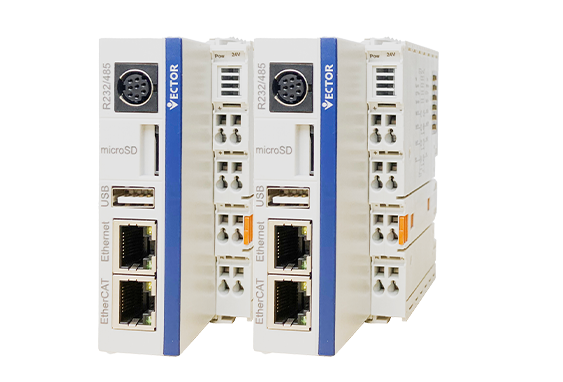As a key component in the field of modern industrial automation, the performance index of servo drive is directly related to the production efficiency and system stability. Understanding these metrics is crucial to the selection and use of servo drives. In this article, we will delve into the performance metrics of servo drives and take you through the mysteries of this technology.
1. Accuracy and resolution
The precision and resolution of servo drive are important criteria to measure its performance. Accuracy refers to the error between the actual position and the desired position of the driver when executing the motion instruction. Resolution refers to the minimum amount of displacement that the control system can resolve. High precision and resolution servo drives enable more precise position control, which is especially critical for applications requiring high precision positioning.
2. Response speed
The response speed of the servo driver refers to its ability to respond quickly to the control signal. In industrial automation, many tasks require the servo drive to complete the action response in a very short time. The response speed is directly related to the production efficiency and the real-time performance of the system.
3. Overload capability
Overload capacity is the stability of the servo drive when it withstands the impact of external load or when the load increases instantaneously during the working process. An excellent servo driver should have a strong overload capacity and be able to cope with load changes under various working conditions to ensure the reliability and stability of the system.
4. Dynamic performance
The dynamic performance of servo drive describes its performance in the process of acceleration, deceleration, start and stop. Including acceleration, deceleration, maximum speed and other parameters. The dynamic performance is directly related to the stability and efficiency of the servo system in practical work.
5. Anti-interference ability
There are various interference sources in the industrial production environment, including electromagnetic interference, mechanical vibration and so on. The servo drive needs to have a strong anti-interference ability to ensure that it can work normally in a variety of complex environments.
When choosing a servo drive, the above performance indicators need to be weighed according to the specific application. Different application scenarios have different requirements for these indicators. An excellent servo drive should achieve a balance on these performance indicators to meet the complex and changing needs of industrial automation.
Post time: Oct-19-2023







